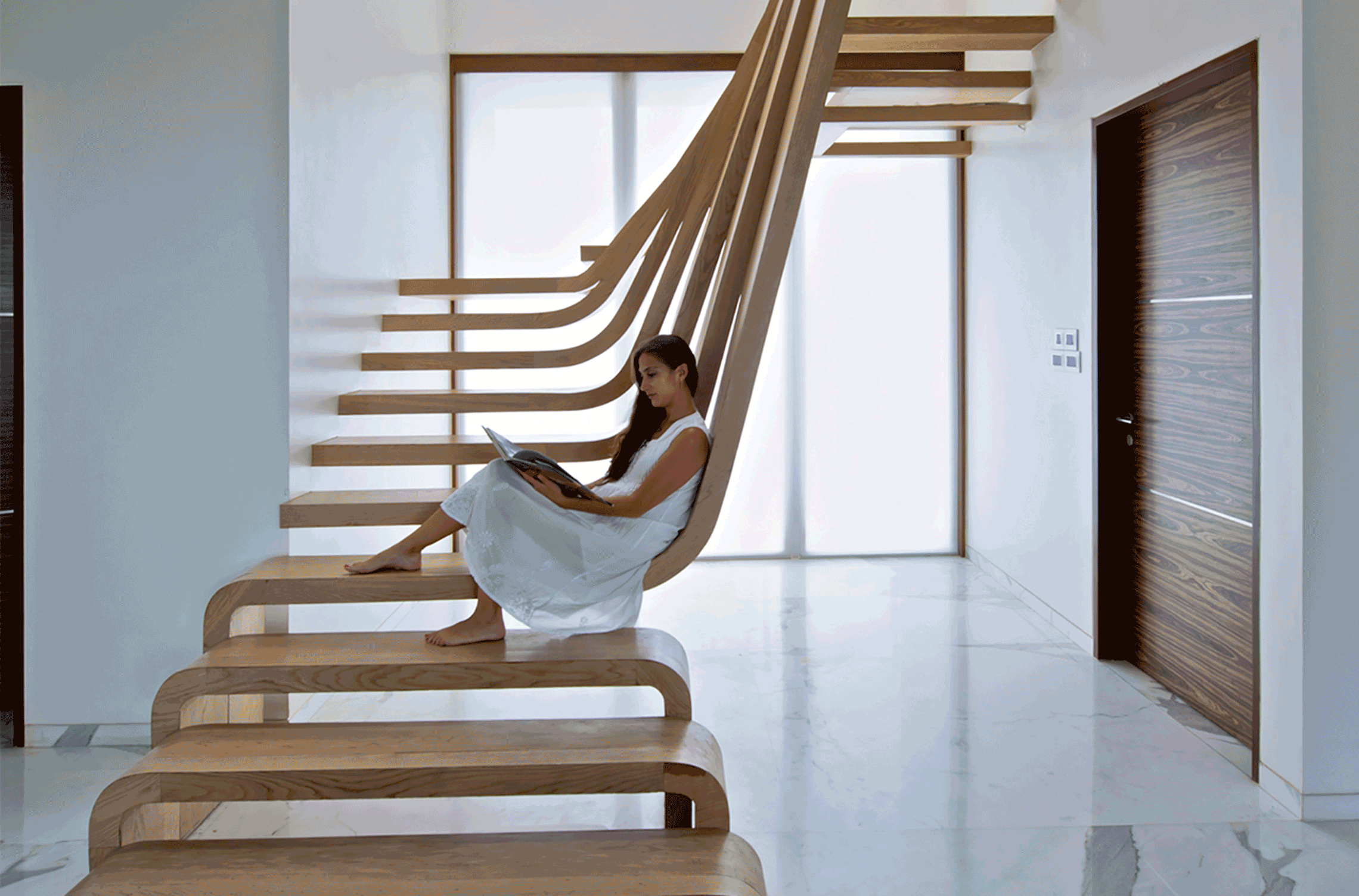
Stairs do more than take you up a floor; they represent a journey the architect wants you to travel. The act of ascending and descending extends beyond planning. Projects like Herzog and De Meuron’s expressive staircases in VitraHaus, Sou Fujimoto’s inhabited stairs in Musashino’s Library and even MVRDV’s giant urban staircase allowed individuals to achieve entirely new perspectives of their surroundings or even city. Staircases hold their own as elements of architectural expression. Some blend in; others puncture a space with their unique shape and materials.
"Among all the architectural elements, with no doubt, the stair is for the building the same as the arteries and veins to the human body. As these carry blood to all organs, those with a similar branch, are essential for communication. In a figurative sense, the stair would be like the heart of a building, which fills it with life. The stair also has a temporal dimension: climbing up a stair means a lapse of time. The stairs and their steps have a rhythm. Its repercussion becomes evident when the steps are counted when going up or down. Above all else, the stair is a three-dimensional element. Its orientation is the gradient slope and its optical effect is the continuous change of perspective as it passes through it. This feeling reinforces the verticality as a movement line, both up and down." (Vicenio Samozzi, Italian Architect, in 1615).
From textural timber to curving concrete, here are 10 examples from our archives to check out:
SDM Apartment / Arquitectura en Movimiento Workshop

Olivo Gomes Residence / Rino Levi

Antinori Winery / Archea Associati

House of Cubes / Embaixada Arquitectura

C-51 House / Ábaton Arquitectura


Bic Banco Headquarters / Kiko Salomão

House in Tamatsu / Ido, Kenji Architectural Studio

Casa Del Grande Staircase / Rafael Iglesia

Weekend House in Downtown São Paulo / SPBR








